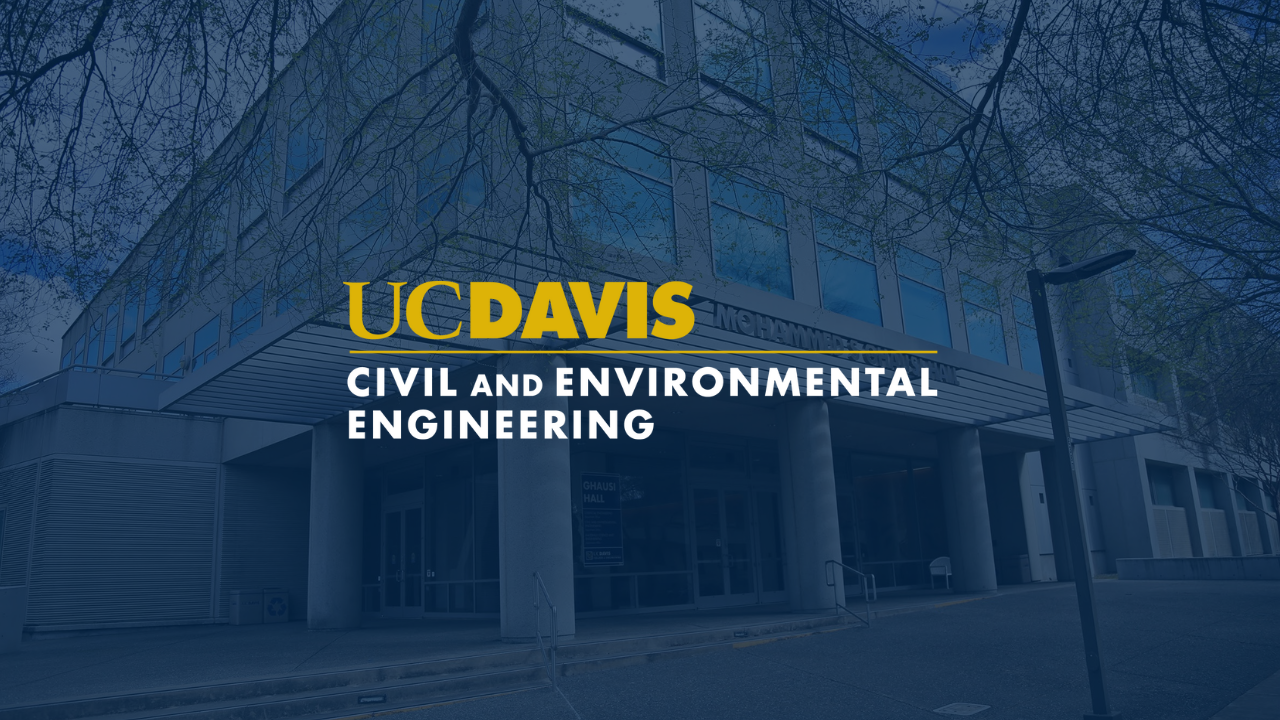
Event Date
Abstract:
Water reuse is rapidly becoming an integral feature of resilient water systems, where municipal wastewater undergoes advanced treatment, typically involving a sequence of ultrafiltration (UF), reverse osmosis (RO), and an advanced oxidation process (AOP). When RO is used, a concentrated waste stream is produced that is elevated in not only total dissolved solids but also metals, nutrients, and micropollutants that have passed through conventional wastewater treatment. Proper management of this RO concentrate─dubbed municipal wastewater reuse concentrate (MWRC)─will be essential, especially as water reuse practices become more widespread. Specifically, the development of “artificial endpoints” (or technologies that can affordably achieve zero liquid discharge) will be critical for holistic MWRC management. Zero liquid discharge (ZLD) is typically a two-step process of brine concentration and brine crystallization that currently relies on thermal technologies that are too energy- and cost-intensive. To make ZLD more affordable, we have developed two technologies to reduce the energy demand for brine concentration and brine crystallization, respectively. For brine concentration, low-salt-rejection reverse osmosis (LSRRO) is able to concentrate brine to hypersaline levels by reducing the osmotic pressure gradients required for treatment. After the brine has been concentrated to the point where it is no longer energetically favorable to use a membrane-based process, brine crystallization can be achieved by interfacial solar vapor generation (ISVG)—which is a phenomenon observed in a unique class of materials that float at the air-water interface and vaporize water at extremely high efficiencies when exposed to sunlight. Through the further development of these two technologies, we hope to increase the access to artificial endpoints and enable responsible MWRC management that will be critical for water system resilience.
Bio:
Dr. Casey Thomas Kazuyuki Finnerty grew up in California, where he received his B.S. in Chemical Engineering from the University of California, Berkeley. After graduation, Casey worked as a technical service engineer for the membrane manufacturing company, TriSep Corporation (now Mann + Hummel), where he not only became familiar with the strengths of reverse osmosis for desalination, but also its limitations. Wanting to develop a more sustainable process for brine management, Casey returned to UC Berkeley to pursue his Ph.D. in Environmental Engineering with Baoxia Mi. In parallel with his research, Casey worked part-time for the environment health startup, SimpleLab, serving as their water treatment expert and developing a program that uses household water quality data to recommend at-home water treatment solutions. Currently, Casey is a postdoctoral researcher with Menachem Elimelech at Yale University, where he is using systems-level analysis tools (e.g., techno-economic analysis, life-cycle assessment, machine learning) to guide the development of other emerging desalination technologies for brine management and resource recovery. Outside of research, Casey enjoys running, hiking, playing with his dog, and going to the beach whenever he gets a chance.
